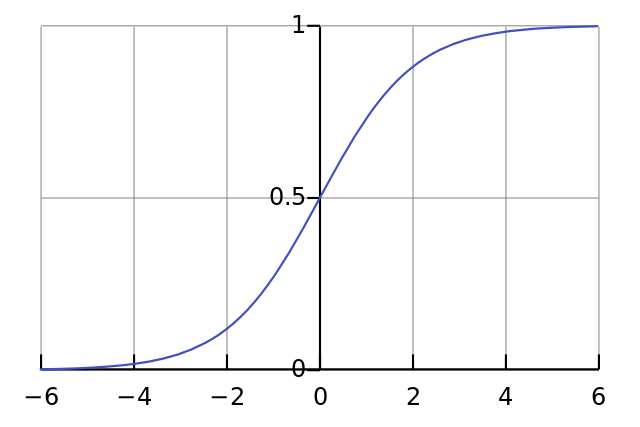机器学习tips
Part 1
“A computer program is said to learn from experience E with respect to some class of tasks T and performance measure P if its performance at tasks in T, as measured by P, improves with experience E.”
Machine learning is all about drawing lines through data and we decide what purpose the line services, such as a decision boundary in a classification algorithm, or a predictor that models real-world behavior. And these lines in turn just come from finding the minimum of a cost function using gradient descent.
